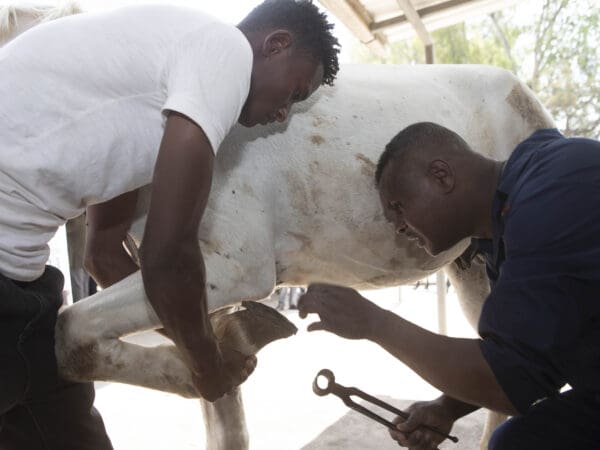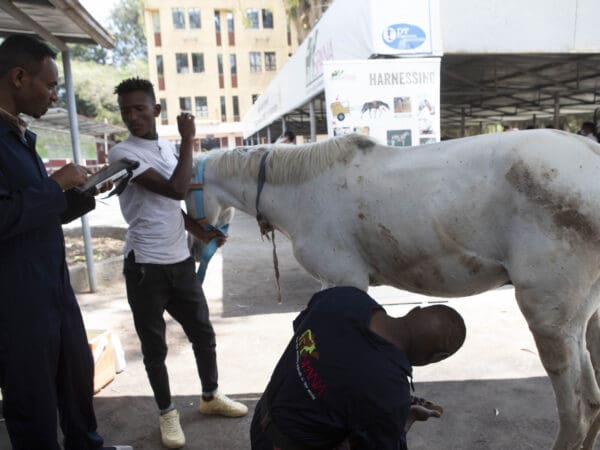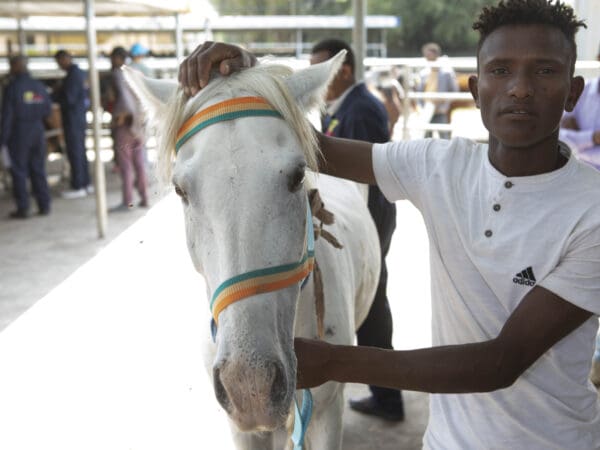You may also be interested in
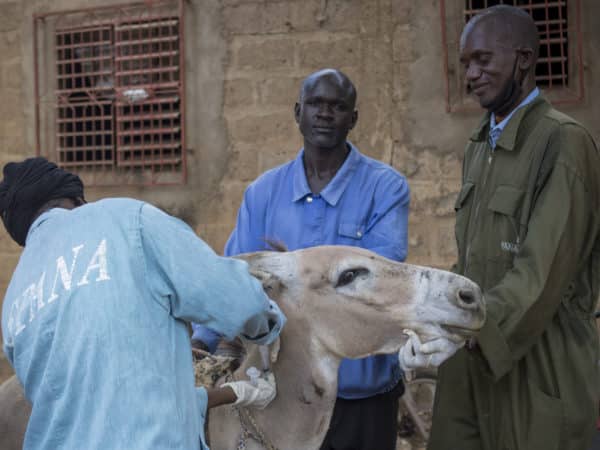
Oumar the donkey’s lameness
When Oumar the donkey was brought to SPANA’s mobile clinic in Ségou, Mali, with lameness, our vets were on hand to help him get better.
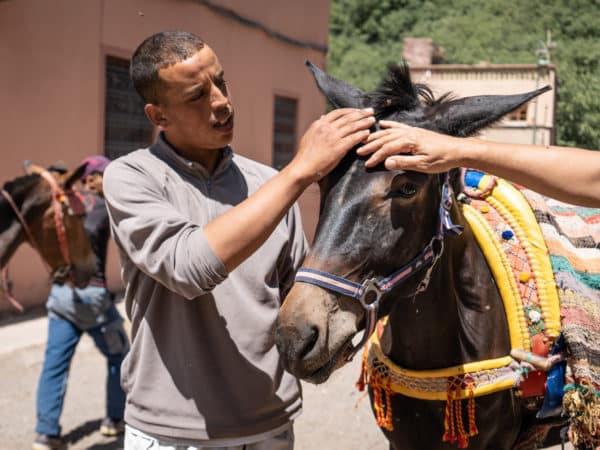
Nadia the mule’s new shoes
This World Animal Day, we’re highlighting the plight of animals, like Nadia the mule, who work in extreme conditions across the world.
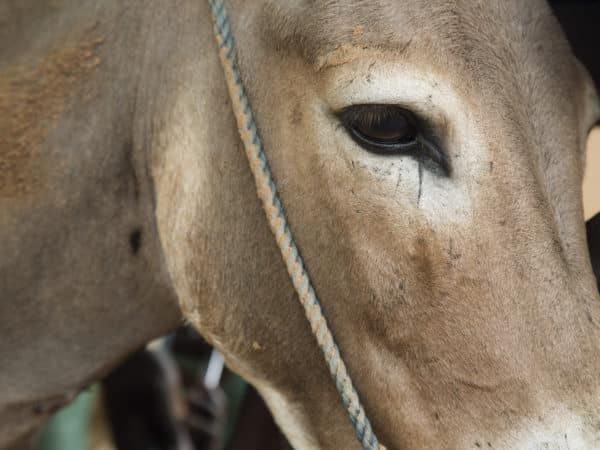
SPANA puts the spring back in DJ’s step
A visit to SPANA’s mobile clinic in Samanko, Mali, saved DJ the donkey from becoming lame.

Oumar the donkey’s lameness
When Oumar the donkey was brought to SPANA’s mobile clinic in Ségou, Mali, with lameness, our vets were on hand to help him get better.

Nadia the mule’s new shoes
This World Animal Day, we’re highlighting the plight of animals, like Nadia the mule, who work in extreme conditions across the world.

SPANA puts the spring back in DJ’s step
A visit to SPANA’s mobile clinic in Samanko, Mali, saved DJ the donkey from becoming lame.

